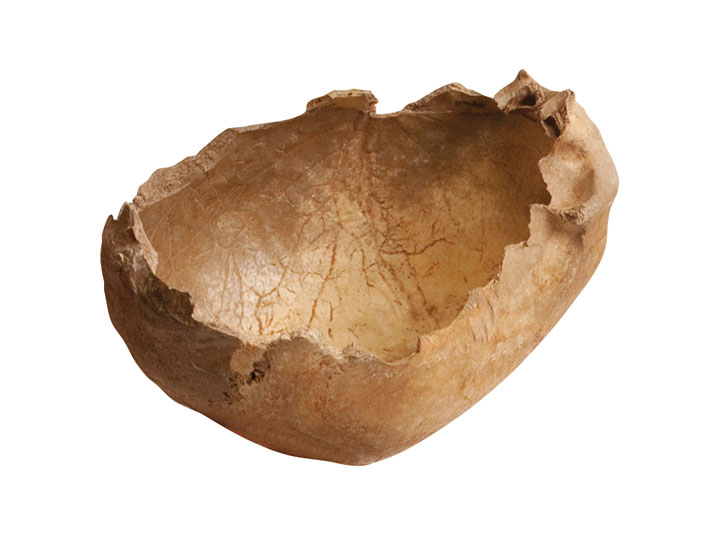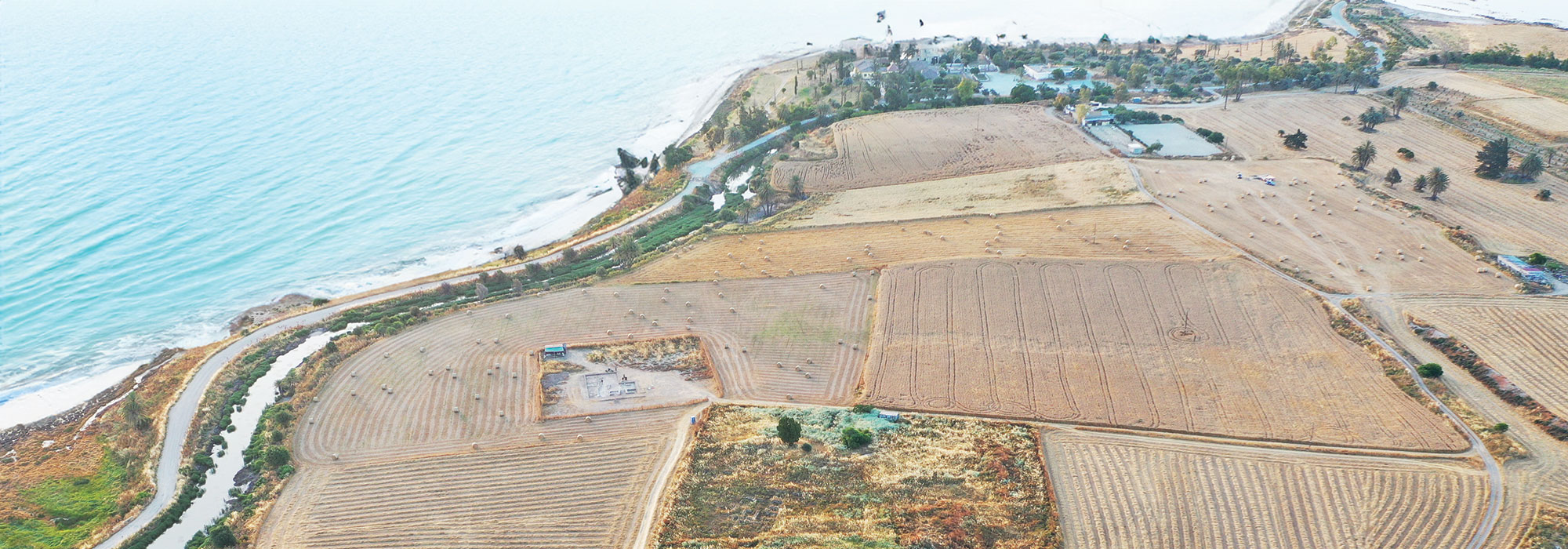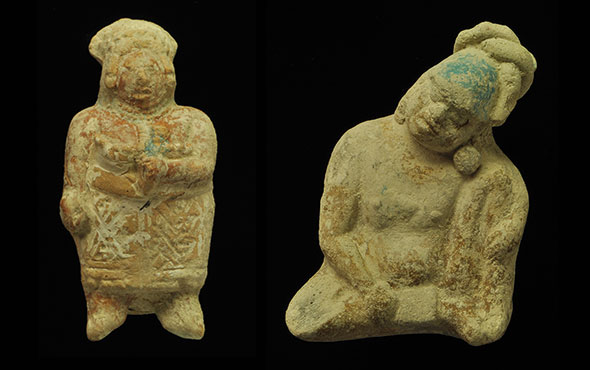
People who lived throughout Europe during the Ice Age may have practiced ritual cannibalism. Between 23,500 and 13,500 years ago, these hunters left traces of their culture, known as Magdalenian, on the landscape, including cave paintings, bone harpoons, sewing needles, and animal figurines sculpted from mammoth ivory. While examining bones from the Magdalenian site of Gough’s Cave in England, Silvia Bello, a paleoanthropologist at London’s Natural History Museum, discovered human skulls shaped into cups, parts of skeletons that had been butchered and chewed, and an arm bone engraved with a zigzag pattern. Given the decorative flourishes on the human remains and the presence of bones from more appetizing animals, she concluded the cave’s inhabitants had held funerals involving cannibalism. “They were not just eating each other because they were hungry,” says Bello. “They were doing it as part of a ritual.”

Questions lingered over whether cannibalism occurred only at Gough’s Cave or figured more widely in the culture. “Was it just a one-off?” asks Bello. To better understand how these people treated their dead, Bello and archaeogeneticist William Marsh, also of the Natural History Museum, reviewed archaeological evidence from 59 Magdalenian sites where human remains have been uncovered. Their study revealed that sites with evidence of cannibalism outnumbered those where deliberate burials with unmodified bones have been found. In addition, at a number of sites where cannibalism appeared to have taken place, DNA analysis showed that residents shared similar ancestry that differed from that of contemporaries who buried instead of consuming their dead.










